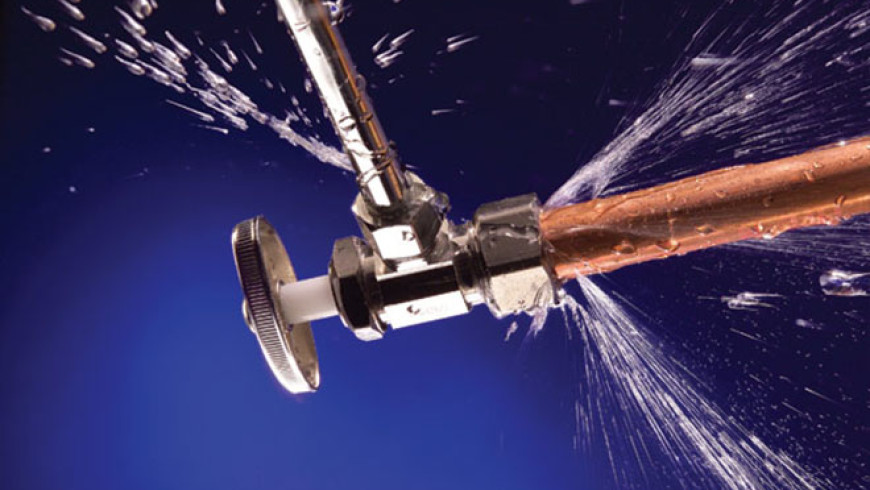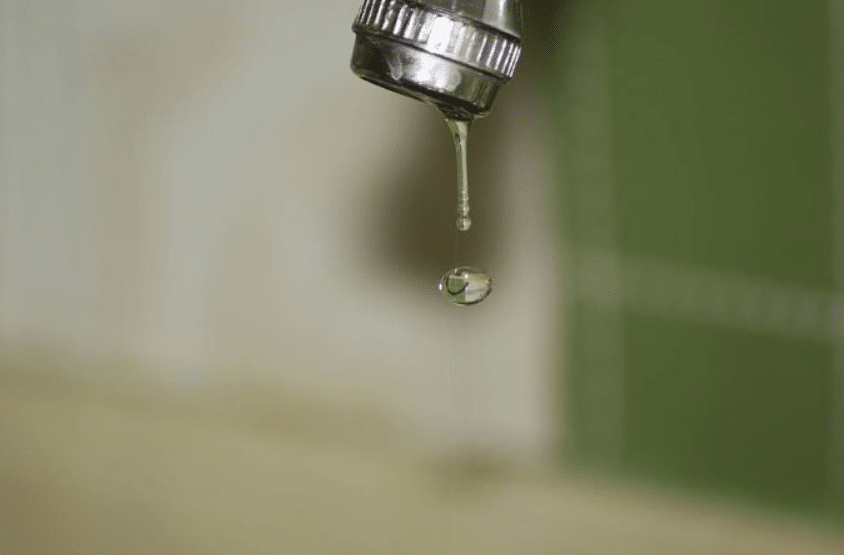Discover the Key Factors Contributing To Water Leakage in Your Home
Discover the Key Factors Contributing To Water Leakage in Your Home
Blog Article
What are your thoughts with regards to How to Find Water Leaks?

Leakages not only create waste of water yet can also cause unnecessary damages to your home and also promote unwanted organic growth. Water leakages might go unnoticed considering that many of the pipework in our house is hidden. By understanding and also looking for day-to-day situations that cause leakages, you can protect your home from future leakages and unnecessary damages. Today, we will consider 6 leakage creates that may be creating your pipelines to trickle.
Elbowing in origins
Most water leaks begin outside the home instead than inside it. You might see damp spots or sinkholes in your lawn, and also that may imply that tree roots are invading water lines creating water to leak out.
Rusty water supply
As time goes by, your plumbing system ages as well as corrosion such as corrosion might start eating away the pipes. This may be the root cause of staining or bending on your water pipes. This requires an evaluation with your plumber right away. If our plumbing system is old, take into consideration changing the pipelines given that they are at a greater threat of rust than the newer models.
Defective Pipe Joints
The factor at which your pipes attach is frequently the weakest web link in the waterline. Pipeline joints can degrade over time, resulting in water leaks. Sadly, the majority of pipe joints are not conveniently noticeable. If you have loud pipelines that make ticking or banging sounds, specifically when the warm water is activated, your pipe joints are probably under a lot of stress. It is recommended to have your plumber inspect your system once a year.
Immediate temperature level modifications.
Severe temperature level adjustments in our pipelines can trigger them to increase and contract all of a sudden. This growth and also contraction might trigger splits in the pipelines, especially if the temperature are below freezing. It would be best if you kept an eye on just how your plumbing works. The presence of the previously mentioned scenarios regularly shows a high danger.
Poor Water Connectors
At times, a leak can be created by loose tubes and pipes that supply your devices. In situation of a water links leakage, you may notice water running directly from the supply line or puddles around your appliances.
Obstructed Drains
Blocked drains pipes could be bothersome and inconveniencing, however they can occasionally wind up triggering an overflow causing rupture pipes. Keep eliminating any products that might go down your drains pipes that might clog them to avoid such troubles.
All the above are root causes of leakages however not all water leakages result from plumbing leakages; some leakages may come from roofing system leaks. All leaks should be fixed quickly to stay clear of water damages.
Leaks not just trigger waste of water but can likewise create unnecessary damage to your house and also advertise undesirable natural development. By looking as well as understanding for day-to-day situations that create leakages, you can secure your residence from future leakages and also unneeded damage. Today, we will certainly look at 6 leak triggers that may be creating your pipelines to drip.
At times, a leakage can be created by loosened tubes as well as pipelines that supply your home appliances. In case of a water connections leak, you may notice water running directly from the supply line or pools around your appliances.
How To Check For Water Leak In Your Home
How To Check for Leaks
The average household's leaks can account for nearly 10,000 gallons of water wasted every year and ten percent of homes have leaks that waste 90 gallons or more per day. Common types of leaks found in the home are worn toilet flappers, dripping faucets, and other leaking valves. These types of leaks are often easy to fix, requiring only a few tools and hardware that can pay for themselves in water savings. Fixing easily corrected household water leaks can save homeowners about 10 percent on their water bills.
To check for leaks in your home, you first need to determine whether you're wasting water and then identify the source of the leak. Here are some tips for finding leaks:
Take a look at your water usage during a colder month, such as January or February. If a family of four exceeds 12,000 gallons per month, there are serious leaks.
Check your water meter before and after a two-hour period when no water is being used. If the meter changes at all, you probably have a leak.
Identify toilet leaks by placing a drop of food coloring in the toilet tank. If any color shows up in the bowl after 10 minutes, you have a leak. (Be sure to flush immediately after the experiment to avoid staining the tank.)
Examine faucet gaskets and pipe fittings for any water on the outside of the pipe to check for surface leaks.
Undetected water leaks can happen without the home or business owner even realizing. If you suspect a water leak, but not able to find the source. It is time to contact a professional water leak detection service, The Leak Doctor.
How To Find a Water Leak In Your Home
https://www.leakdoctor.com/blog/How-To-Check-For-Water-Leak-In-Your-Home_AE197.html

We had been shown that report about How to detect water leaks in your home from an associate on a different website. Appreciated our article? Please share it. Let somebody else locate it. Thanks a bunch for your time. Visit us again soon.
Reliable every time! Report this page